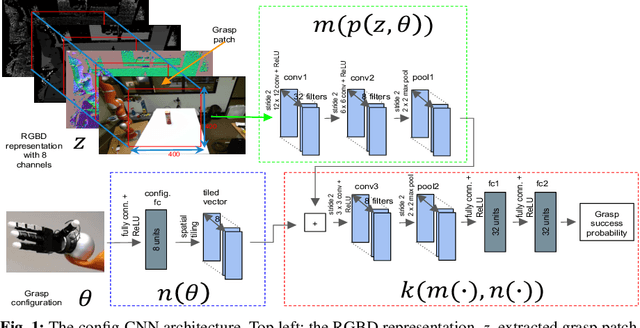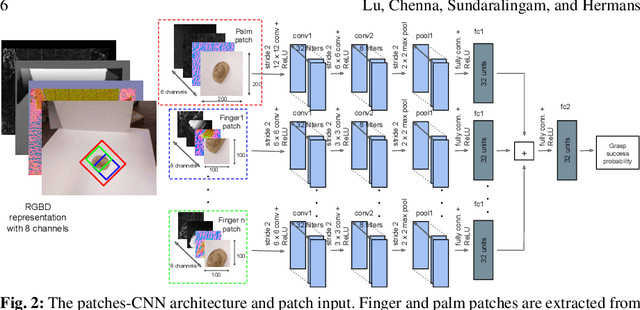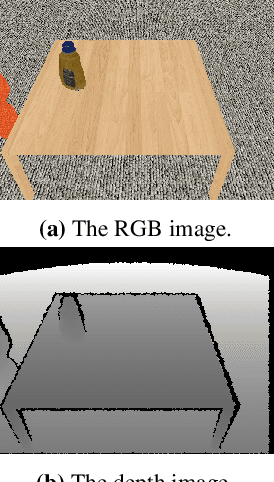Kautilya Chenna
Multi-FLEX: An Automatic Task Sequence Execution Framework to Enable Reactive Motion Planning for Multi-Robot Applications
Jan 30, 2024Abstract:In this letter, an integrated task planning and reactive motion planning framework termed Multi-FLEX is presented that targets real-world, industrial multi-robot applications. Reactive motion planning has been attractive for the purposes of collision avoidance, particularly when there are sources of uncertainty and variation. Most industrial applications, though, typically require parts of motion to be at least partially non-reactive in order to achieve functional objectives. Multi-FLEX resolves this dissonance and enables such applications to take advantage of reactive motion planning. The Multi-FLEX framework achieves 1) coordination of motion requests to resolve task-level conflicts and overlaps, 2) incorporation of application-specific task constraints into online motion planning using the new concepts of task dependency accommodation, task decomposition, and task bundling, and 3) online generation of robot trajectories using a custom, online reactive motion planner. This planner combines fast-to-create, sparse dynamic roadmaps (to find a complete path to the goal) with fast-to-execute, short-horizon, online, optimization-based local planning (for collision avoidance and high performance). To demonstrate, we use two six-degree-of-freedom, high-speed industrial robots in a deburring application to show the ability of this approach to not just handle collision avoidance and task variations, but to also achieve industrial applications.
Planning Multi-Fingered Grasps as Probabilistic Inference in a Learned Deep Network
Apr 10, 2018



Abstract:We propose a novel approach to multi-fingered grasp planning leveraging learned deep neural network models. We train a convolutional neural network to predict grasp success as a function of both visual information of an object and grasp configuration. We can then formulate grasp planning as inferring the grasp configuration which maximizes the probability of grasp success. We efficiently perform this inference using a gradient-ascent optimization inside the neural network using the backpropagation algorithm. Our work is the first to directly plan high quality multifingered grasps in configuration space using a deep neural network without the need of an external planner. We validate our inference method performing both multifinger and two-finger grasps on real robots. Our experimental results show that our planning method outperforms existing planning methods for neural networks; while offering several other benefits including being data-efficient in learning and fast enough to be deployed in real robotic applications.
 Add to Chrome
Add to Chrome Add to Firefox
Add to Firefox Add to Edge
Add to Edge